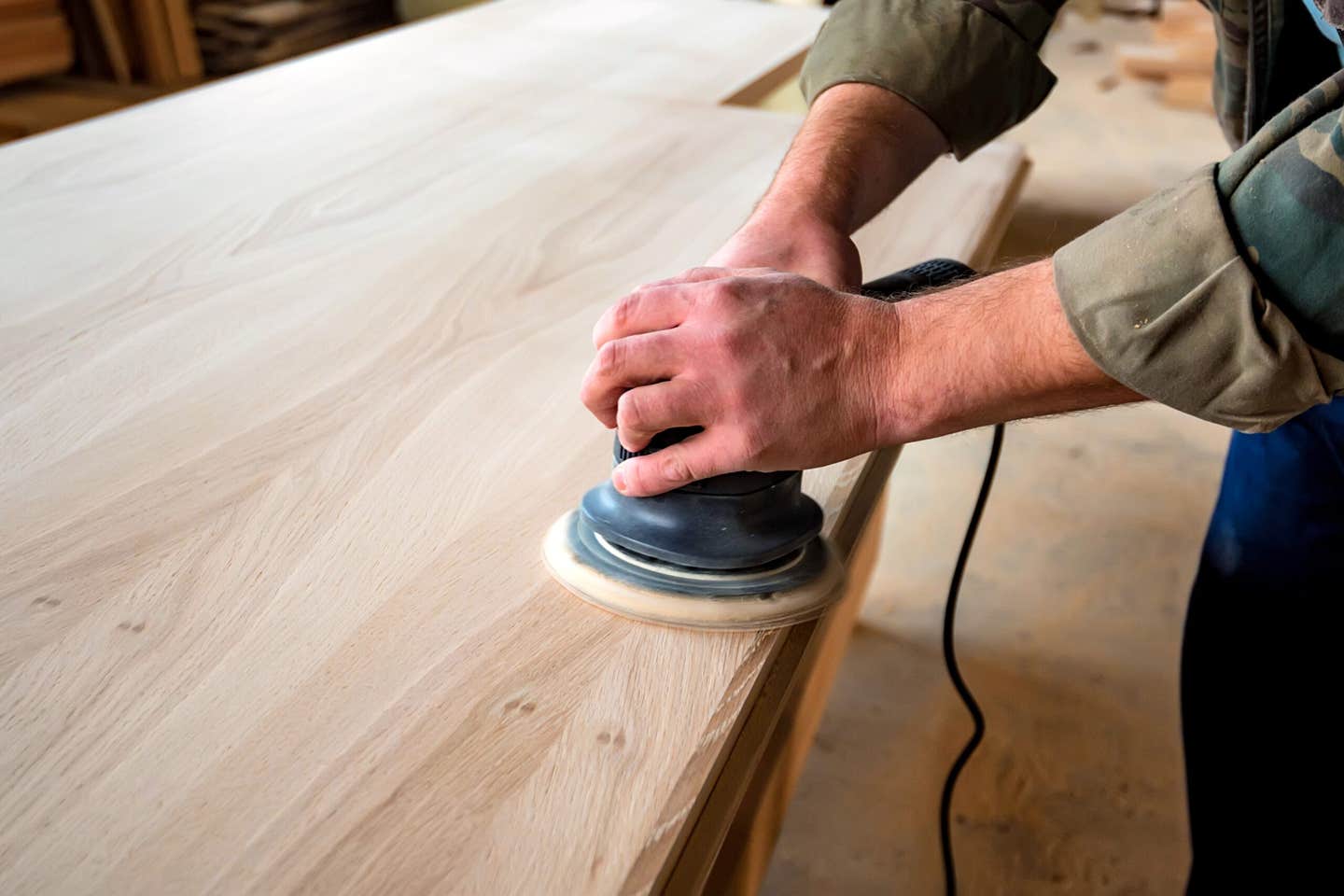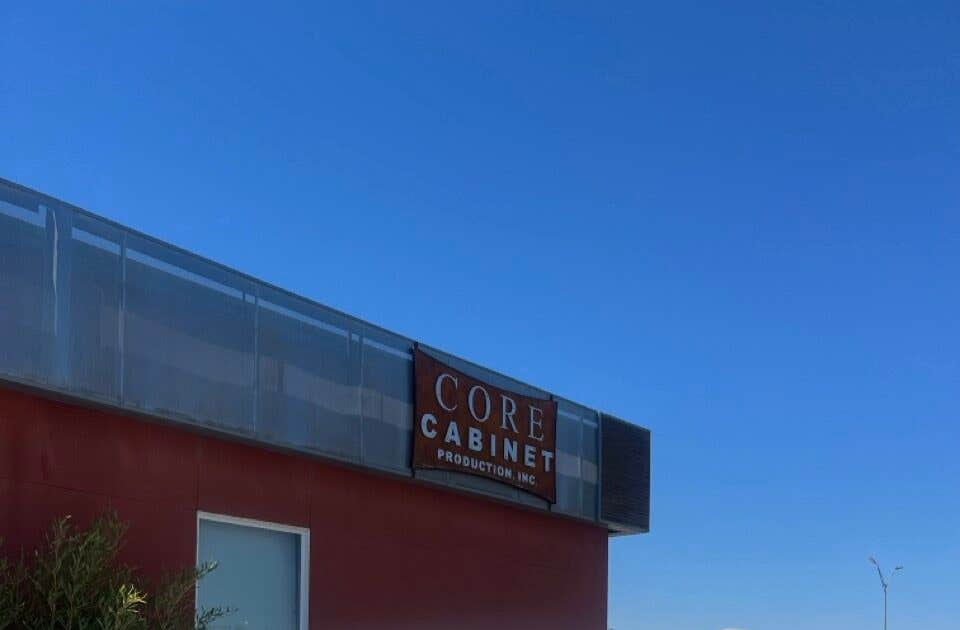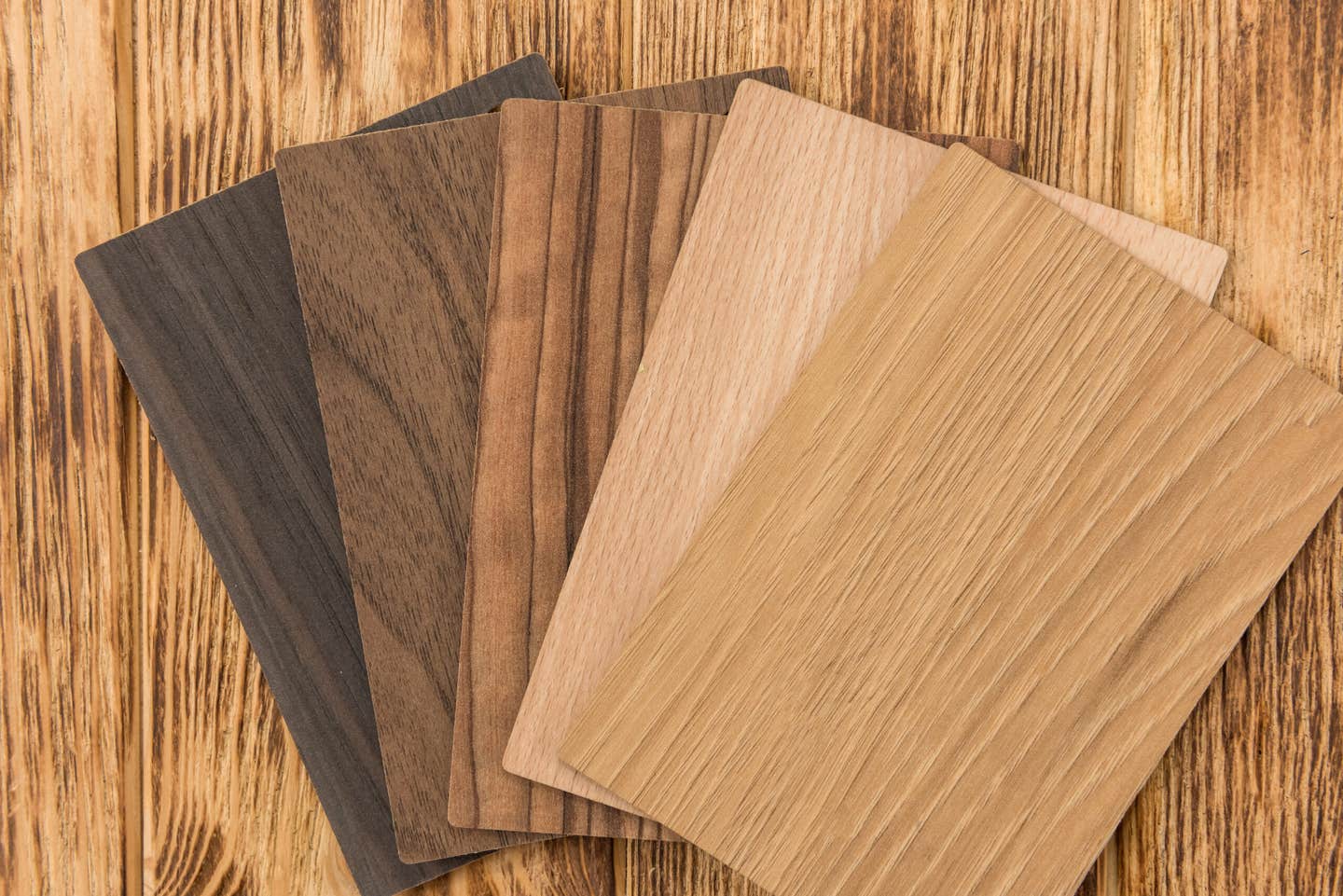At near capacity
The Spar Shop at the Historical Seaport in Aberdeen, Wash., a unit of the Grays Harbor Historical Seaport Authority, specializes in turning large trees into masts for modern sailing vessels,…
The Spar Shop at the Historical Seaport in Aberdeen, Wash., a unit of the Grays Harbor Historical Seaport Authority, specializes in turning large trees into masts for modern sailing vessels, columns for high-end homes and flagpoles. Recently, the shop completed its largest project ever - a mast for the 127' schooner Zodiac, built in 1924 for the heirs of Johnson & Johnson.
{loadposition position10}
"The Zodiac is a schooner vessel that needs two masts and [Vessel Zodiac Corp.] has contracted with us to create those masts as trees become available," says Joe Follansbee, spokesman for Grays Harbor. "This spring, we found an appropriate Douglas-fir tree in a little community called Porter, Wash. We cut the tree and loaded it into our tracer lathe, which can handle logs up to 120' long. This log was about 117'. The tree is estimated to be between 114 and 118 years old and weighed about 13 tons."
The lathe features a cutter mounted on a World War I Navy gun turret.
"The log itself remains stationary and the bit travels along the log, following a jig that is mounted to a [nearby] wall. The jig has the necessary changes in diameter," Follansbee says.
"We're still looking for a tree for the second mast, which is just a little shorter. These trees are hard to find. It's important to know that this is a second-growth log, not old growth. We typically look for second-growth timber. Finding second-growth timber of the right age, diameter and straightness takes awhile. I think we looked for this tree for almost a year until we found it."
The Zodiac ferried pilots in San Francisco Bay and was the last sailing pilot schooner in operation before its retirement in 1972. It has since been operating as an excursion vessel.
Contact: Gray Harbor Historical Seaport Society. Tel: 800-200-5239. www.historicalseaport.org
This article originally appeared in the September 2009 issue.







